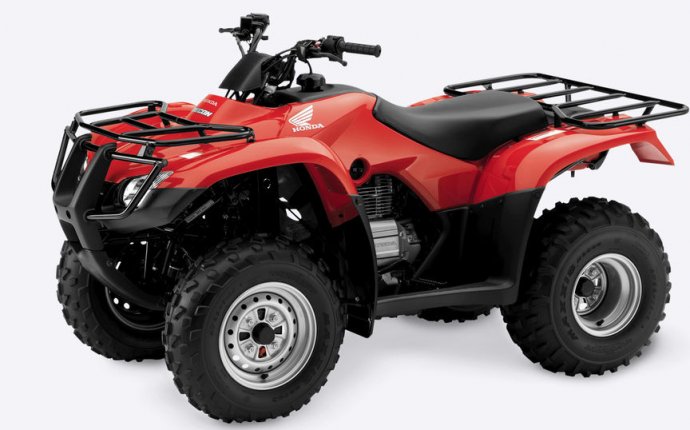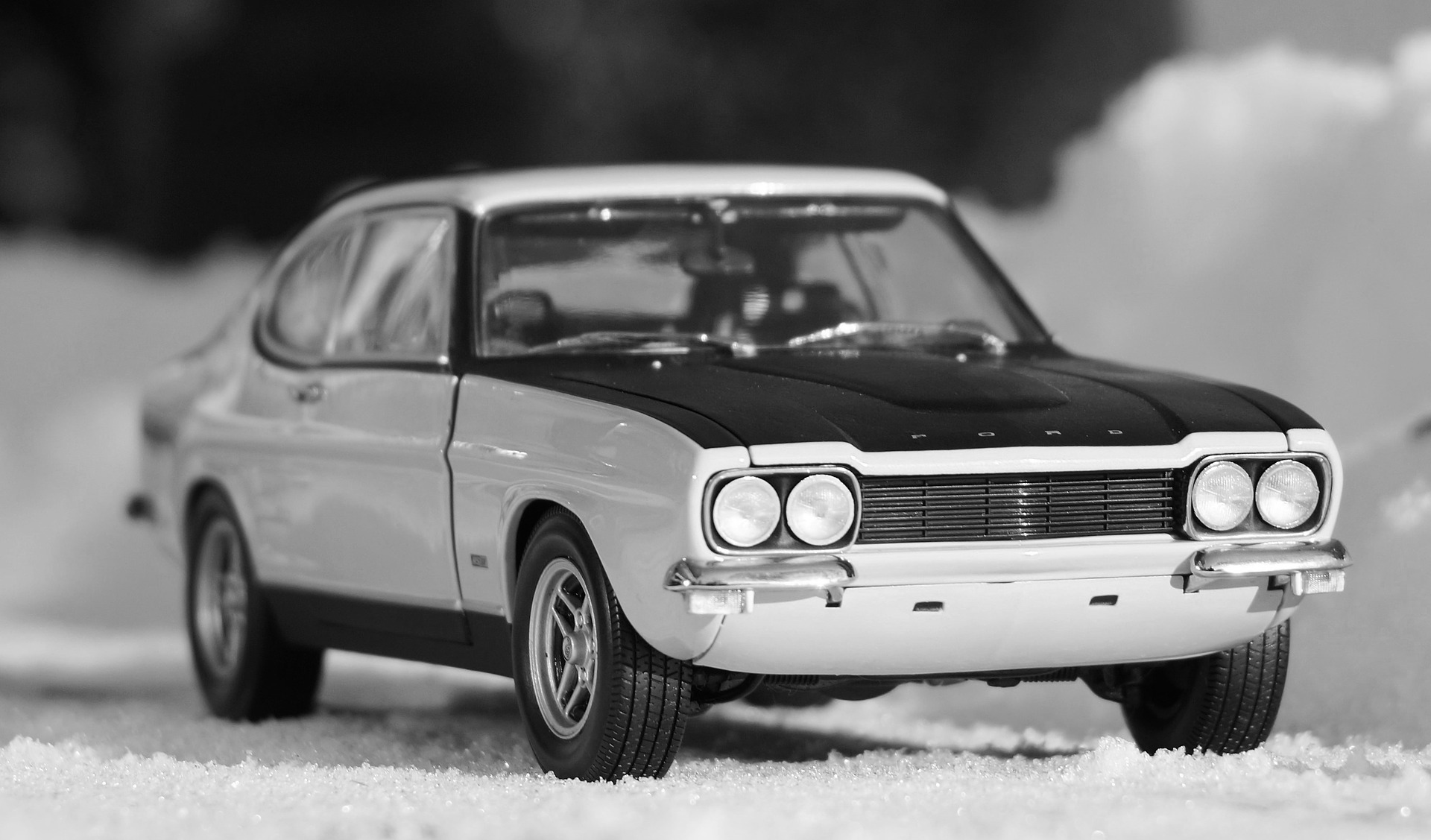
Honda 4 Track ATV
Honda first introduced the Four-Trax Rancher in model year 2000. During the evolution of the mid-bore ATV, Honda raised the engine size from 350 to 420. As the popularity of the Rancher grew, so did the improvements and in 2007 Honda placed the first fuel-injected machine in the public eye and rolled out the Automatic Dual Clutch transmission system. With more than 900, 000 units sold to date, the Rancher has proven to be a very reliable off-road machine.
When making the decision to revamp and refresh this ATV, Honda began by taking a very close look at the shifting on the Honda Rancher 420. The engineers were determined to focus on an effect commonly known as shift shock. This is the harsh shift felt as the automatic transmission goes in and out of the gears. Getting this algorithm refined to smooth out each shift, no matter your riding style, was a key goal for Honda. With options from full automatic to ESP (electronic shift program) and then manual foot actuated shifting the dual clutch technology relies on the ECU to calculate data for those shifts. If you want to turn up the throttle, the onboard computer will react to that as well and allows a sportier shift change.
The new Rancher has a softer and thicker seat that makes for a more enjoyable ride. Honda also just added a new style of reverse lever on the left handlebar for easy function and control. The reverse lever now on the Rancher 420 is very simply engaged by pulling it as well as the brake lever in tight and down shifting. This lever can be pressed forward when the left brake lever is pulled in and this sets the parking brake. A reverse symbol will appear on the digital dash for confirmation. Honda has also included important details about the engine right on the digital screen. The Honda engineers want you to own this ATV for a lifetime and attention to detail comes into play right down to the new sealed steering knuckle bearings.
For 2015 a revised Independent Rear Suspension has been developed to replace the solid axle commonly found in the Rancher 420. There is still an option for the solid axle if you prefer it. Independent rear suspension or IRS, typically brings better ride quality. With the Ranchers frame redesign it also gets more ground clearance as well as wheel travel. The ground clearance is an impressive 9.2 inches and with additional wheel travel, the rear suspension moves to 8.5 inches of travel. The front of this workhorse has a suspension travel measurement of 7.3 inches, which should allow the new Rancher to cross over uneven terrain much easier.
Riding this machine in the high elevation of the Sequoia National forest just outside Bakersfield California allowed us to feel the changes Honda had made. This ride not only tested the fuel-injected 420cc power plant with elevation, but rugged rough terrain as well. Honda’s Programmed Fuel Injection allowed for quick starts at any elevation and the power delivery of the four-stroke engine was very linear and predictable. As a larger rider, I felt comfortable on the ATV and the controls were easily within reach. The footing on the Rancher is very adequate and seems to provide a positive grip for the rider. The front and rear racks seem sturdy and we were informed that you could haul 66 pounds up front and an impressive 133 pounds on the rear of this machine.
Getting the Honda FourTrax Rancher 420 stopped when needed was not an issue as the rear brake disc has grown to 170mm. It is mounted inboard, so it removes unwanted un-sprung weight from the wheels. Honda has put larger 190mm dual front discs on this model and you can definitely tell you’re getting braking power when you need it. Mounted on the 12-inch rims are Maxxis spec tires in the 24-inch tall size. The full-length center skid mounted on the bottom of the Rancher 420 is in place to take abuse, but with the high-center ground clearance we rarely noticed any impacts on the trail.
One of my favorite features on the new Rancher is power steering. Honda has begun to get serious about driver comforts and having the assist of EPS really makes riding all day a lot easier.
Hits:
- Great new look
- More comfortable seating
- Power steering
Misses:
-Deep floor pan beneath heel gets uncomfortable
Specifications
•Model: TRX420FA5 / TRX420FA6 (with EPS)
•Engine Type: 420cc liquid-cooled OHV semi-dry-sump longitudinally mounted single-cylinder four-stroke
•Bore and Stroke: 86.5mm x 71.5mm
•Compression Ratio: 9.9:1
•Induction: Programmed Fuel Injection (PGM-FI), 34mm throttle body
•Ignition: Full-transistorized with electronic advance
•Starter: Electric with optional auxiliary recoil
•Clutch: Automatic
•Transmission: Automatic ESP five-speed with Reverse
•Driveline: Direct front and rear driveshafts with TraxLok and torque-sensing front differential
•Suspension
Front: Independent double-wishbone; 7.3 inches travel
Rear: Independent dual-arm; 8.5 inches travel
•Brakes
Front: Dual hydraulic 190mm discs
Rear: Single hydraulic 170mm disc
•Tires
Front: 24 x 8-12
Rear: 24 x 10-11
•Length: 84.6 inches
•Width: 47.4 inches
•Height: 46.8 inches
•Seat Height: 34.9 inches
•Ground Clearance: 9.2 inches
•Wheelbase: 50.9 inches
•Turning Radius: 11.5 feet
•Fuel Capacity: 3.9 gallons, including 1.3-gallon reserve
•Colors: Red, Orange, Honda Phantom Camo
•Curb Weight*: 672 pounds (TRX420FA5) / 686 pounds (TRX420FA6)
*Includes all standard equipment, required fluids and full tank of fuel—ready to ride. Meets current EPA and CARB off-road emissions standards. Recommended for riders 16 years of age and older. Photos courtesy of Honda.









